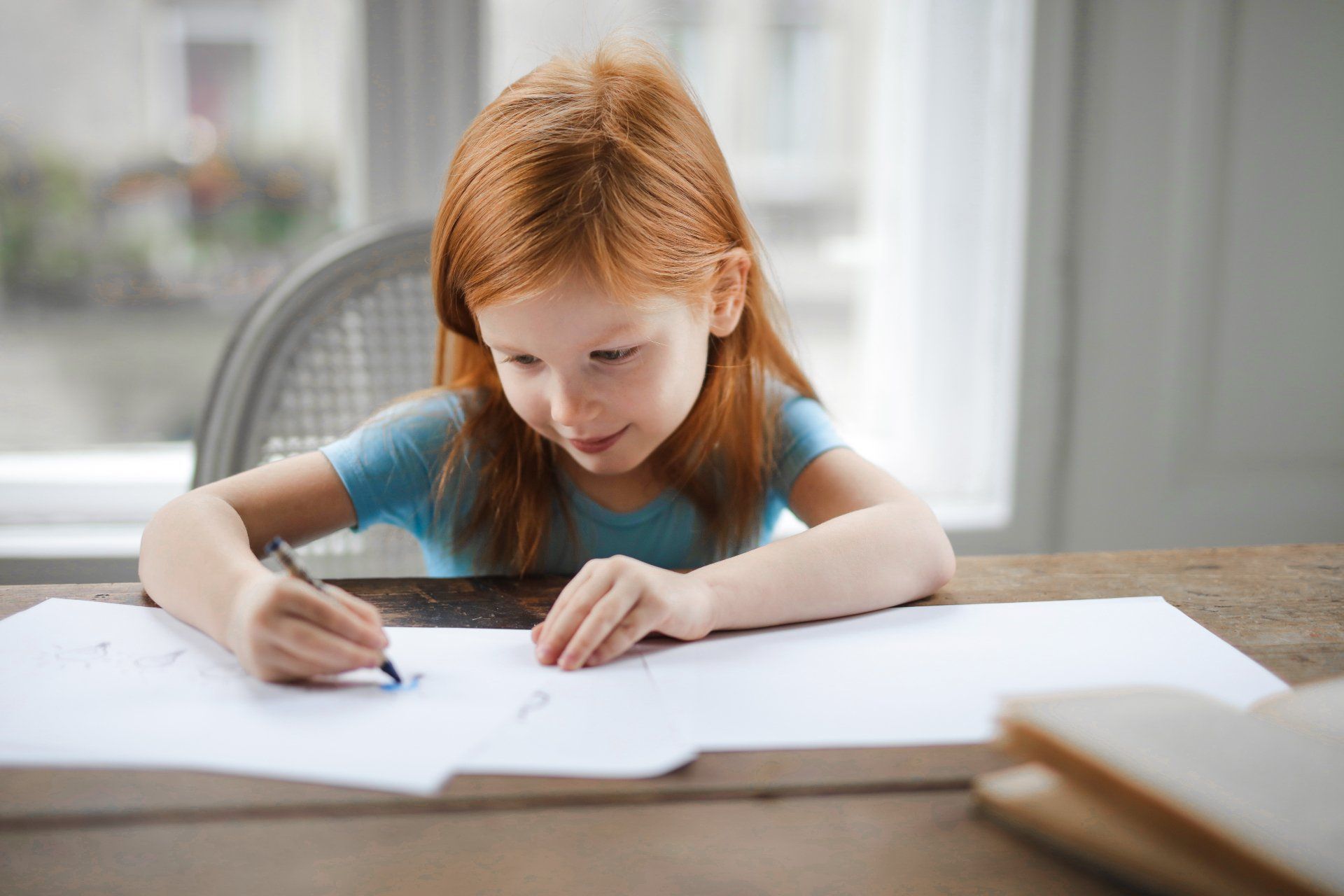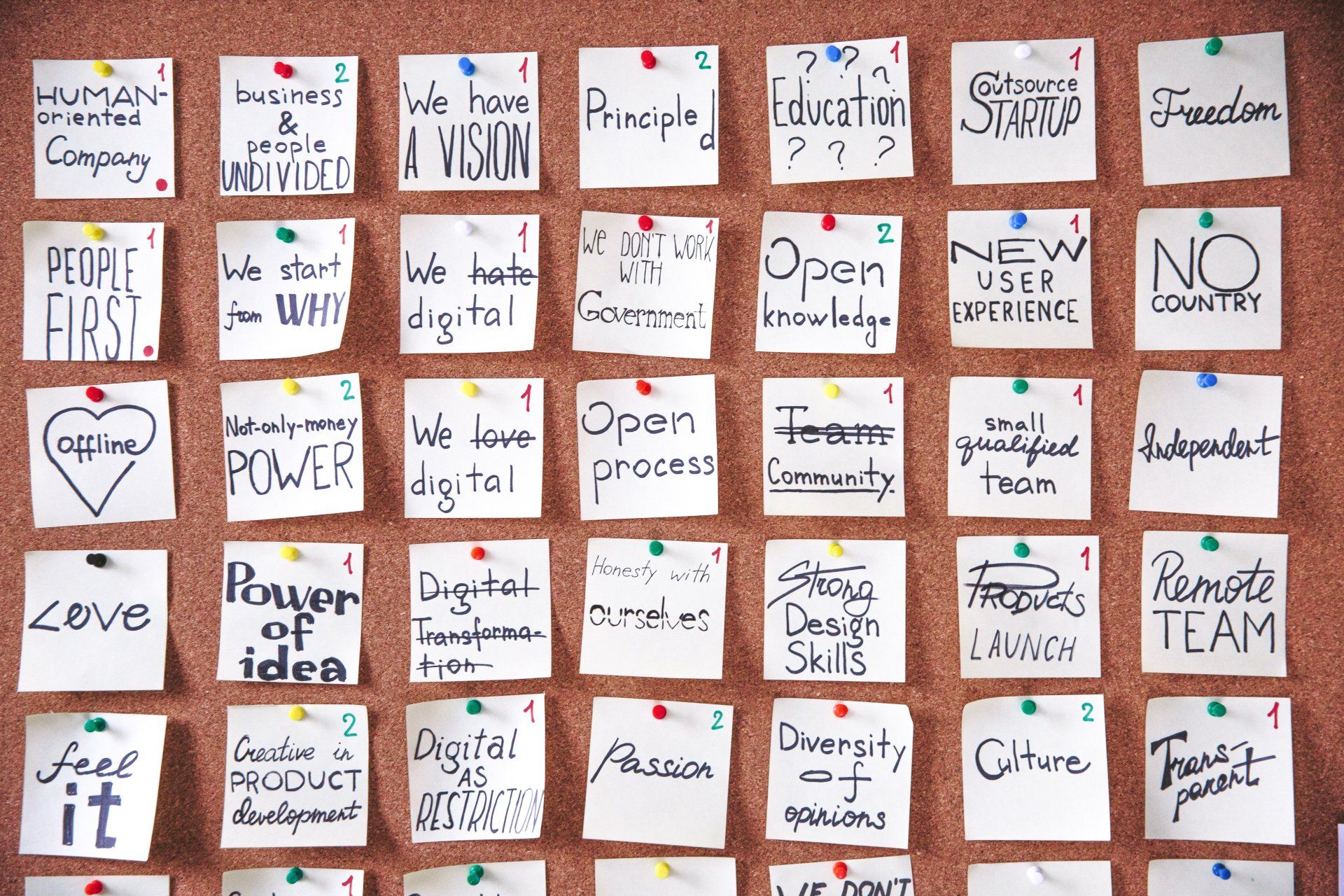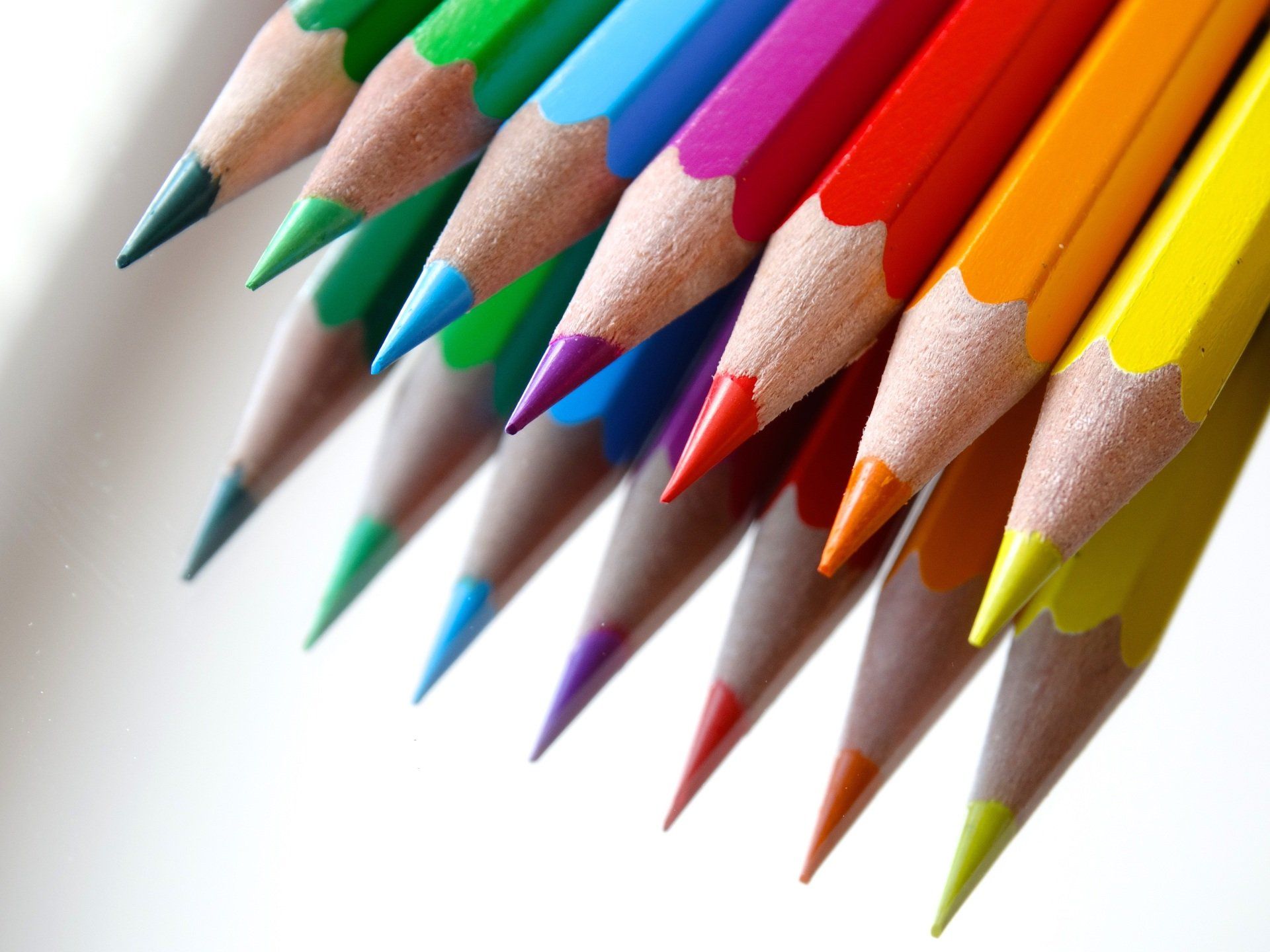KS2 design technology project: design your own theme park
Get creative with our "design a theme park" project
Note for teachers
All the activities on this page are in line with the National Curriculum and suitable for Key Stage 2. We have other free resources available for English, Maths, Science and History.
Design a theme park
Let your imagination run riot with this theme park design project
Ever wanted to run your own theme park? There are a lot of things to consider – and one of the most important is branding.
Branding is the name, logo and theme of your theme park. It's what makes it stand out from all the rest.
With a combination of research and imagination, you're going to create a name, logo and theme for your very own theme park.
Choosing your themes
Why's it called a theme park, anyway? The answer is that the rides and attractions at a theme park are usually "themed". Many amusement parks have different areas with different themes.
What could your themes be? The only limit is your imagination. A theme can be:
- Something from film, TV or books
- A country or region
- Real or make-believe
You just have to make sure you get a good mix of themes – and that each of them is exciting. Your aim is to get people through the gates and on to the rides.
Creating a logo
Successful businesses have memorable logos. Think of Starbucks, Google or Domino's and you can probably picture their logo right away.
A good logo will be brightly coloured and eye-catching – and it will say something about the brand. If your theme park has a fantasy theme, for instance, you want that to be reflected in your logo.
Are you ready? Check out the instructions below and let's get creative!
Activity
01
Write down:
- The theme or themes of your park.
- The name of your park.
02
Draw:
- At least two logos. (Remember to make them colourful and striking!)
03
Evaluate:
- Write down which design you'll choose and explain why.
Are you a teacher?
This KS2 design and technology project has been created in line with the requirements of the National Curriculum. Check out our other free resources for English, maths, science and history.
What are axles?
No axles, no rollercoasters! Find out why…
If a vehicle has wheels, it needs an axle – so without axles, there'd be no theme parks!
But what is an axle? It's a bar that goes through the wheels, holding them in place and enabling them to turn.
Every vehicle with wheels has one or more. A car has two a unicycle has one. A train has many more.
As well as holding the wheels in place, the axle also supports the weight of the vehicle – and the people inside it.
That means that the heavier the vehicle, the stronger the axle needs to be.
What are rollercoasters made of?
Wonderful wood and outstanding steel: the materials that make theme parks possible.
The world's first rollercoasters were made of wood. Nowadays, they can make me made of wood, steel or a combination of the two.
Wooden rollercoasters have running steel rails that are fixed to a wooden track. Steel rails have steel tracks.
When a rollercoaster is made from wood but has steel tracks, it's called a "hybrid" rollercoaster.
The main difference between wooden and steel rollercoasters is speed. Steel coasters can go much faster. The Formula Rossa rollercoaster in Abu Dhabi can go at a whopping 149 miles an hour!
Large structures like rollercoasters need support. Many are reinforced with steel plates to ensure they stay up.
Market research
How do businesses find out what their customers want? Let's find out!
When someone sets up a business like a theme park, they carry out something called market research.
They do this to find their target market. This is the group of people that the business will be aimed at. Market research finds out what they need and want from the service.
The results of this research are used to make decisions and increase the business's chances of success.
The two types of market research
There are two types of market research: primary and secondary research.
Primary research is when you gather new information. This could be done with a survey, questionnaire or interview.
Secondary research is when you gather information that's already been collected by someone else. Methods of secondary research include books, websites, articles and reports.
Task
You want to add a new ride to the theme park you designed.
Create a survey to help you decide what ride to choose. You could ask people questions face-to-face or give them a survey online or on paper.
Once you've got your answers, answer these questions:
1. What ride are you adding to your theme park?
2. What did you learn from your market research?
3. What would you do differently next time?
Join the fun! Sign up for exclusive events and irresistible offers and news in our Newsletter.
Sign up to our mailing list
Thanks, we've signed you up to our mailing list.
Please try again later.





